CONSERVATION APPROACH
CONSERVATION APPROACH
The Wakatobi model
At the heart of the Coral Triangle lies Wakatobi Dive Resort, in Southeast Sulawesi, Indonesia. For 30 years, it has served as a living example of what’s possible when reef preservation is aligned with local economic incentives. For three decades, Wakatobi Dive Resort has pioneered a model of reef conservation that is as much about economics as it is about ecology.
Across much of Sulawesi, coral reefs face intense economic pressures. Fishing – especially when done using destructive methods such as blast fishing or cyanide fishing – yields meagre returns, often far less per unit area than even the most marginal farmland. With such low financial value, there is little incentive for local communities to preserve the reefs, which are frequently exploited until they are reduced to rubble.
Wakatobi’s approach fundamentally changes this economic landscape, transforming the reefs from low-value fishing grounds into high-value assets for local communities. The resort’s model ensures that villages benefit financially from managing their marine resources sustainably, making conservation the most profitable choice.
Reef protection at Wakatobi began in 1996, with a series of unique ‘reef lease’ agreements. In exchange for refraining from fishing on designated stretches of the reef, local communities receive monthly payments funded by tourism revenue. These payments created a direct economic incentive for conservation, immediately making the reef more valuable intact than destroyed. Today, these payments continue as part of a broader system that delivers tangible benefits to local communities, reinforcing the long-term economic value of conservation.
Beyond direct financial contributions, the resort provides extensive employment opportunities for local residents. The shift from fishing to service-sector jobs increases reef-linked income by several orders of magnitude, from cents per square metre per year to dollars. This transition to reliable, well-paid jobs both supports, and is supported by, a thriving marine ecosystem. The results are visible not only to visiting divers but also to local fishermen, who benefit from increased fish populations spilling over into sustainable-use zones adjacent to no-take areas.
To ensure that local communities are the principal beneficiaries of this spillover effect, and to maintain adherence to the marine protected area rules, the local fishing alliance patrols 40 km of protected reefs around the clock. These patrols, carried out by a workforce of 100 former fishermen, are sponsored by Wakatobi Dive Resort. Establishing a protected area and creating financial incentives for conservation are essential, but ongoing co-adaptive management is key to ensuring long-term success.
This model of marine management has now been operating successfully for three decades, demonstrating that when economic interests are properly aligned, conservation becomes a natural choice. By making coral reefs more valuable as protected ecosystems than as unregulated fishing grounds, Wakatobi has shown that environmental protection and economic prosperity can go hand in hand.
A reefonomics blueprint
Wakatobi provides the blueprint for Reefonomics’ model: measurable, verifiable reef preservation underpinned by strong local economics. It proves that when conservation is structured around real incentives and local participation, it becomes both scalable and sustainable.
Reefonomics builds on this foundation—translating successful conservation models like Wakatobi into verified impact that companies can associate with. This enables meaningful support of biodiversity while also generating real, reportable sustainability outcomes.
wakatobi’s biodiversity
A first glimpse of the astonishing biodiversity of the protected reefs around Wakatobi Dive Resort.
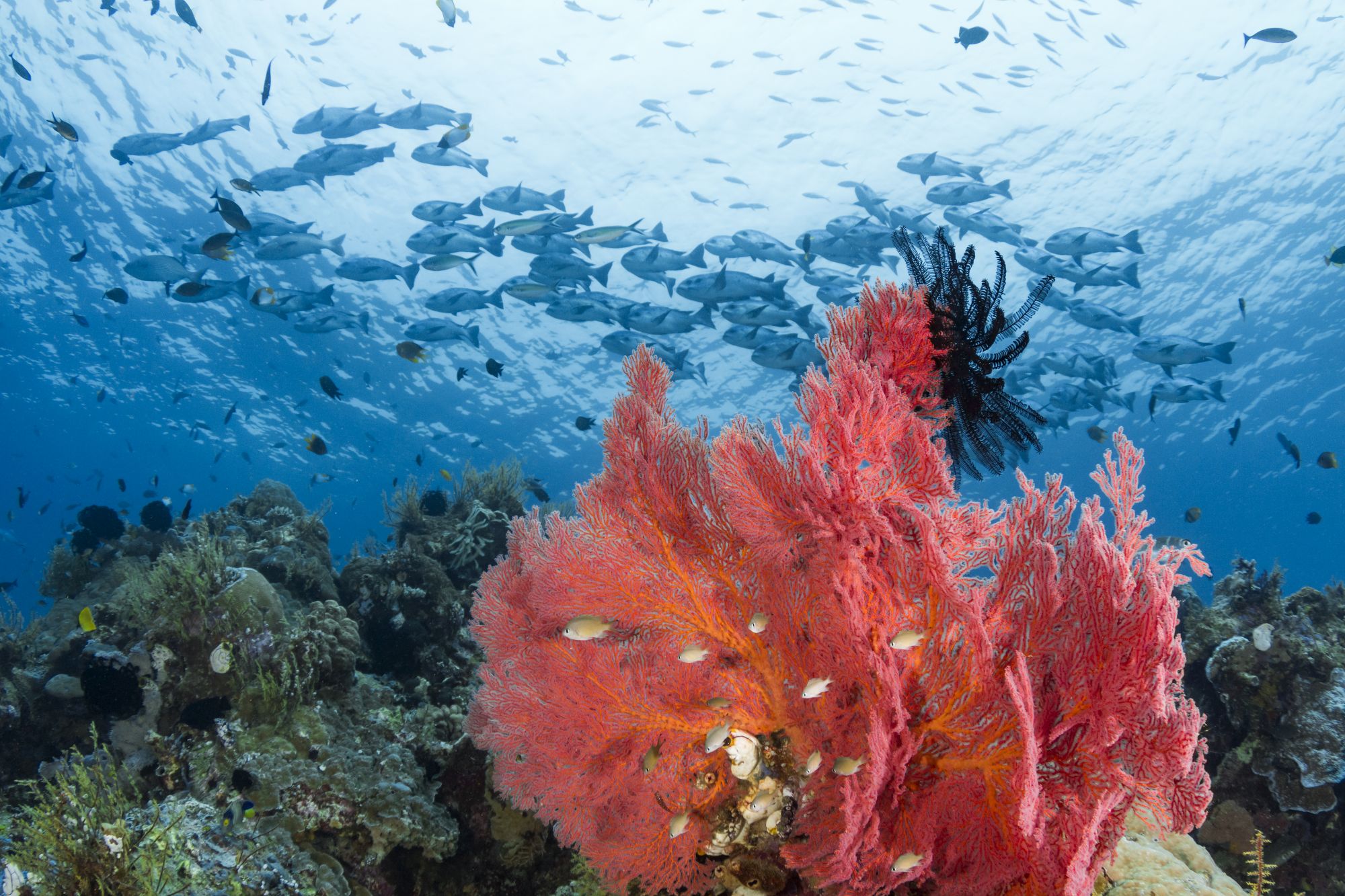
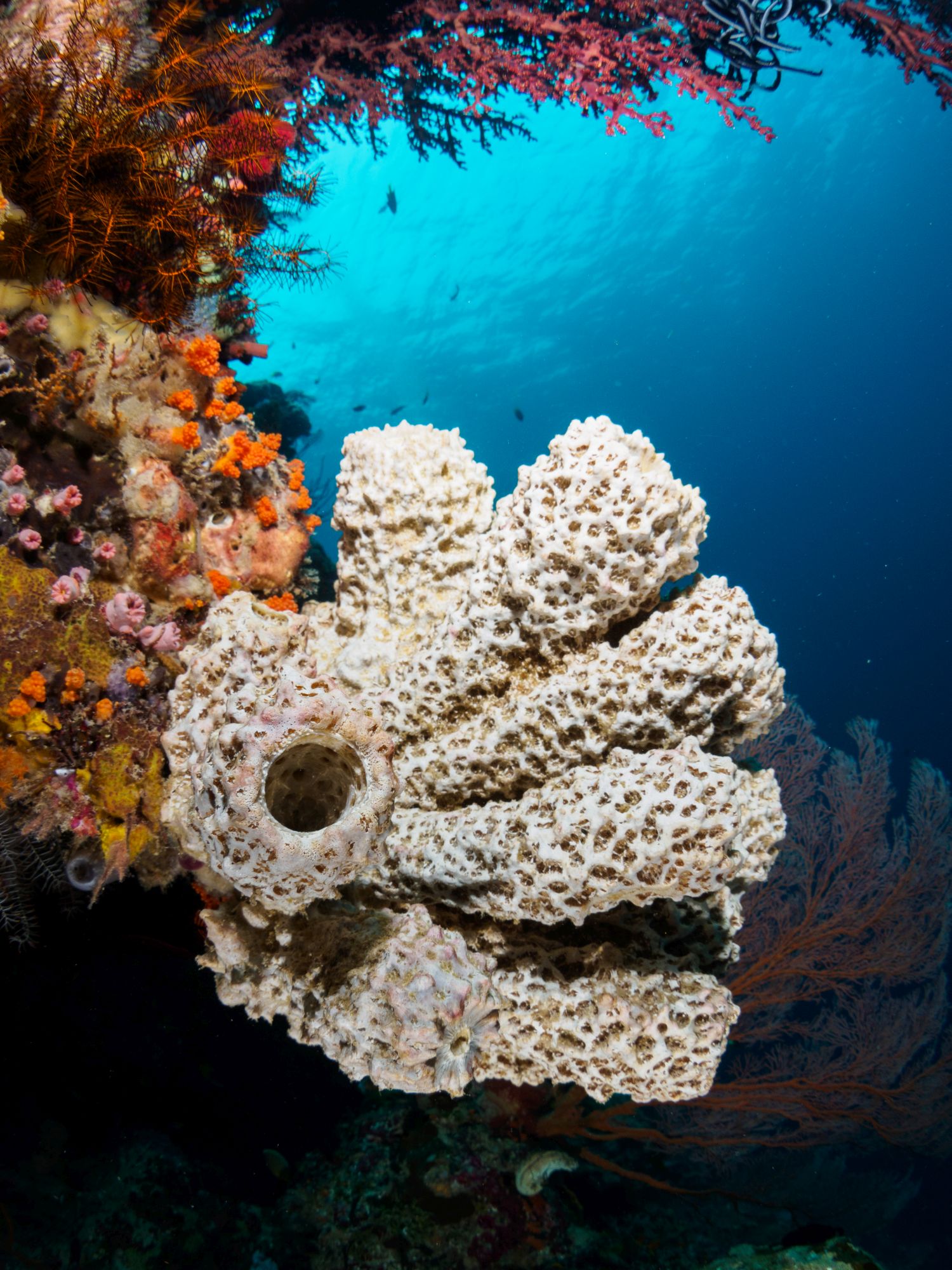
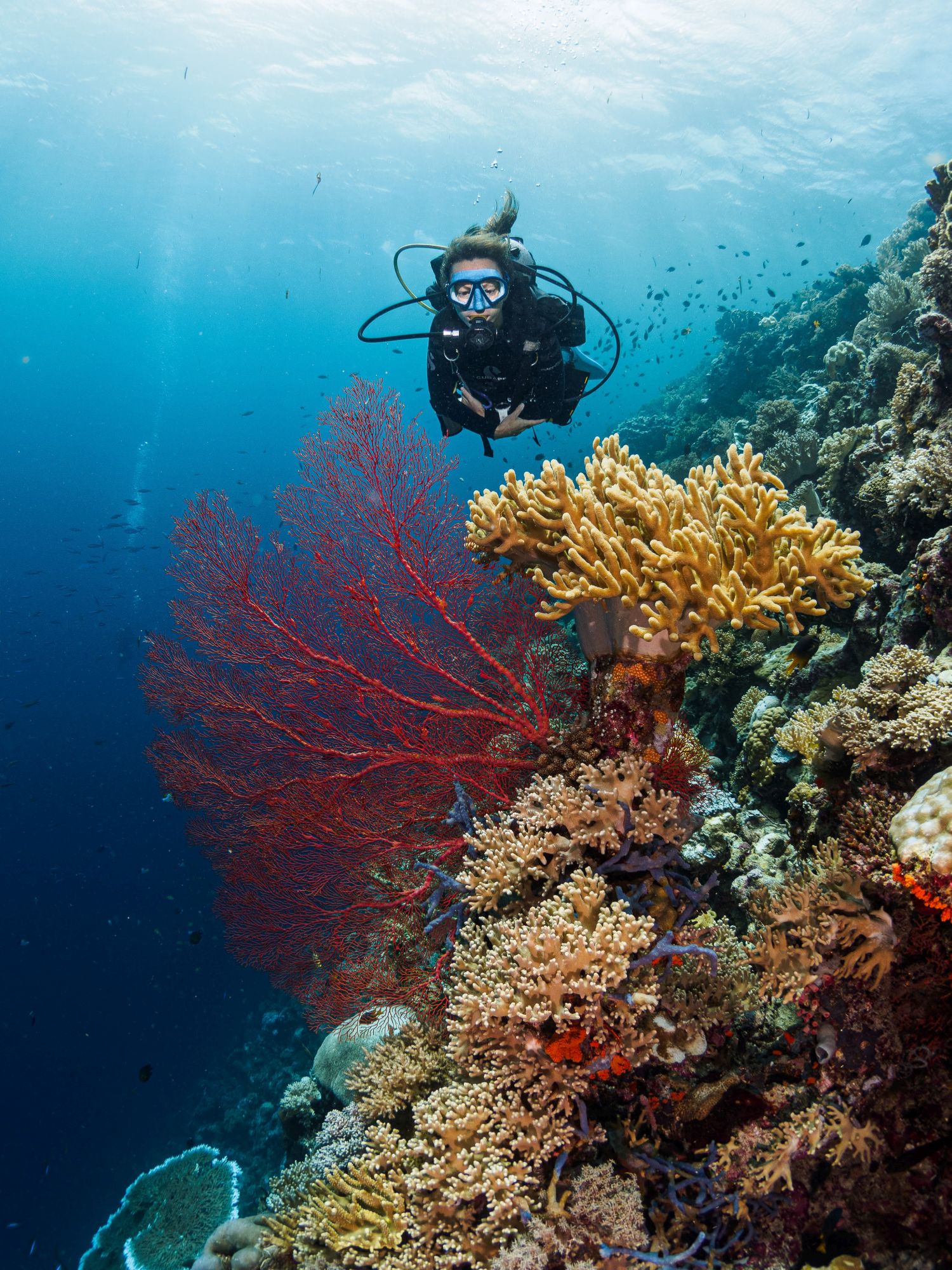
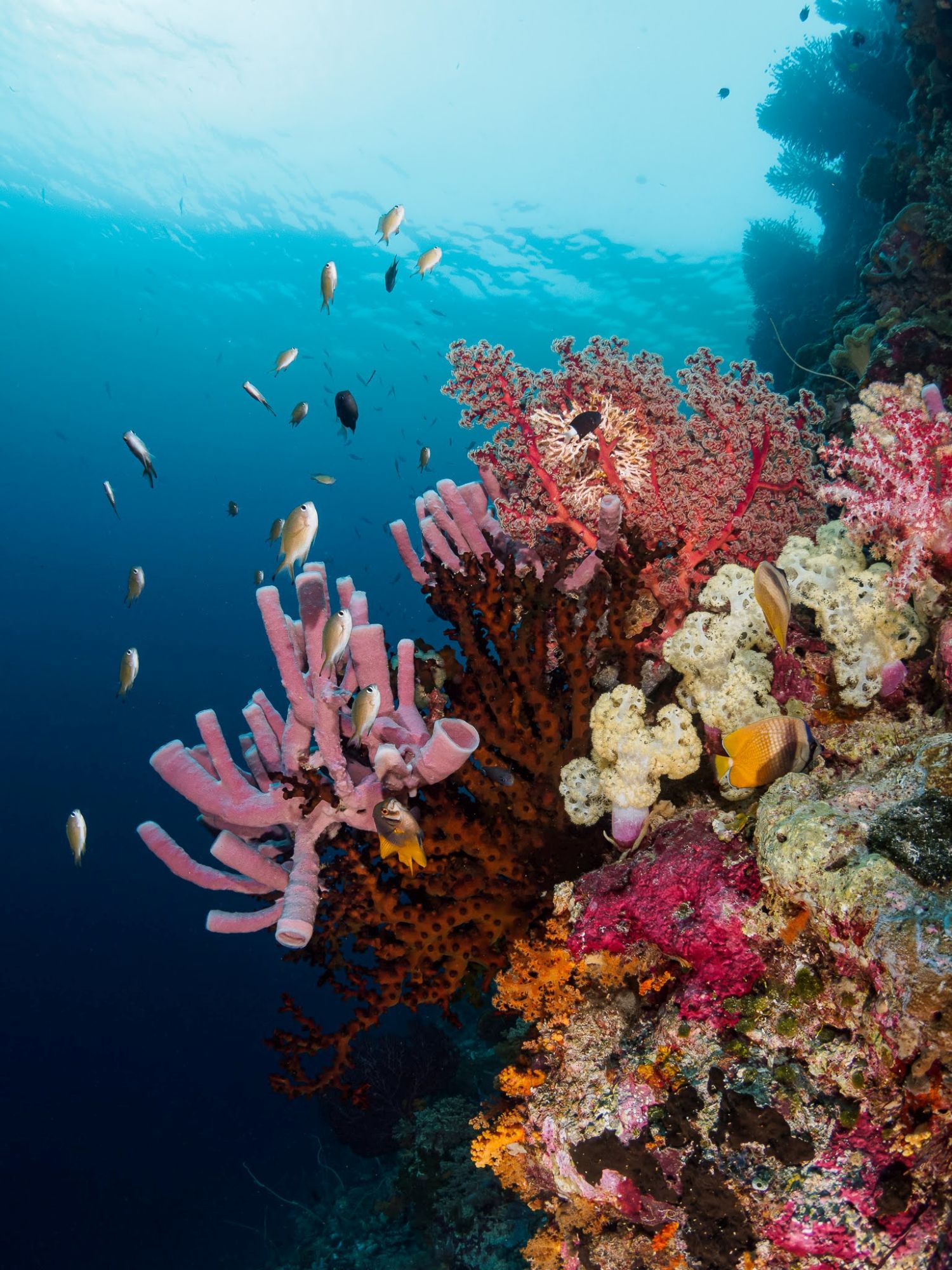
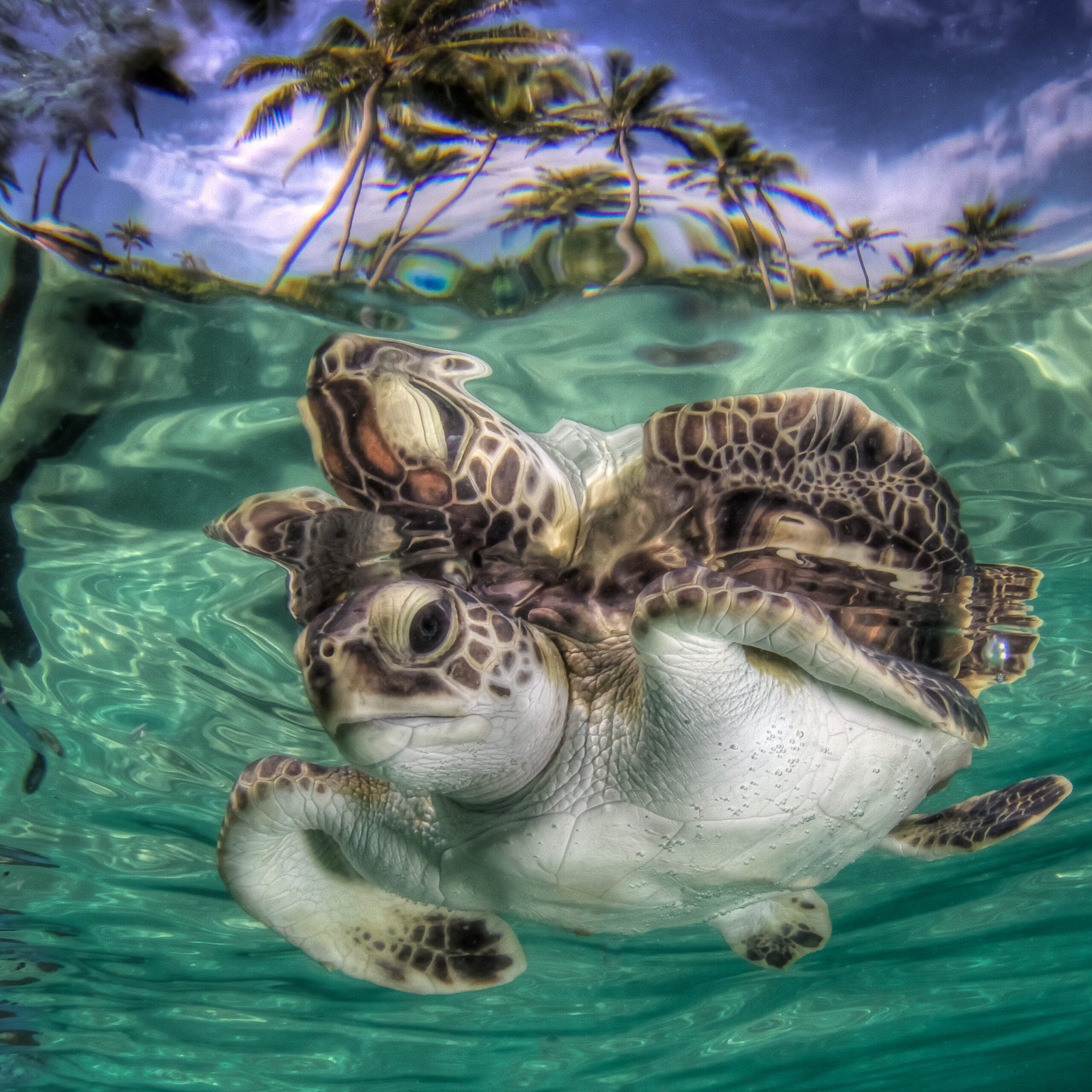
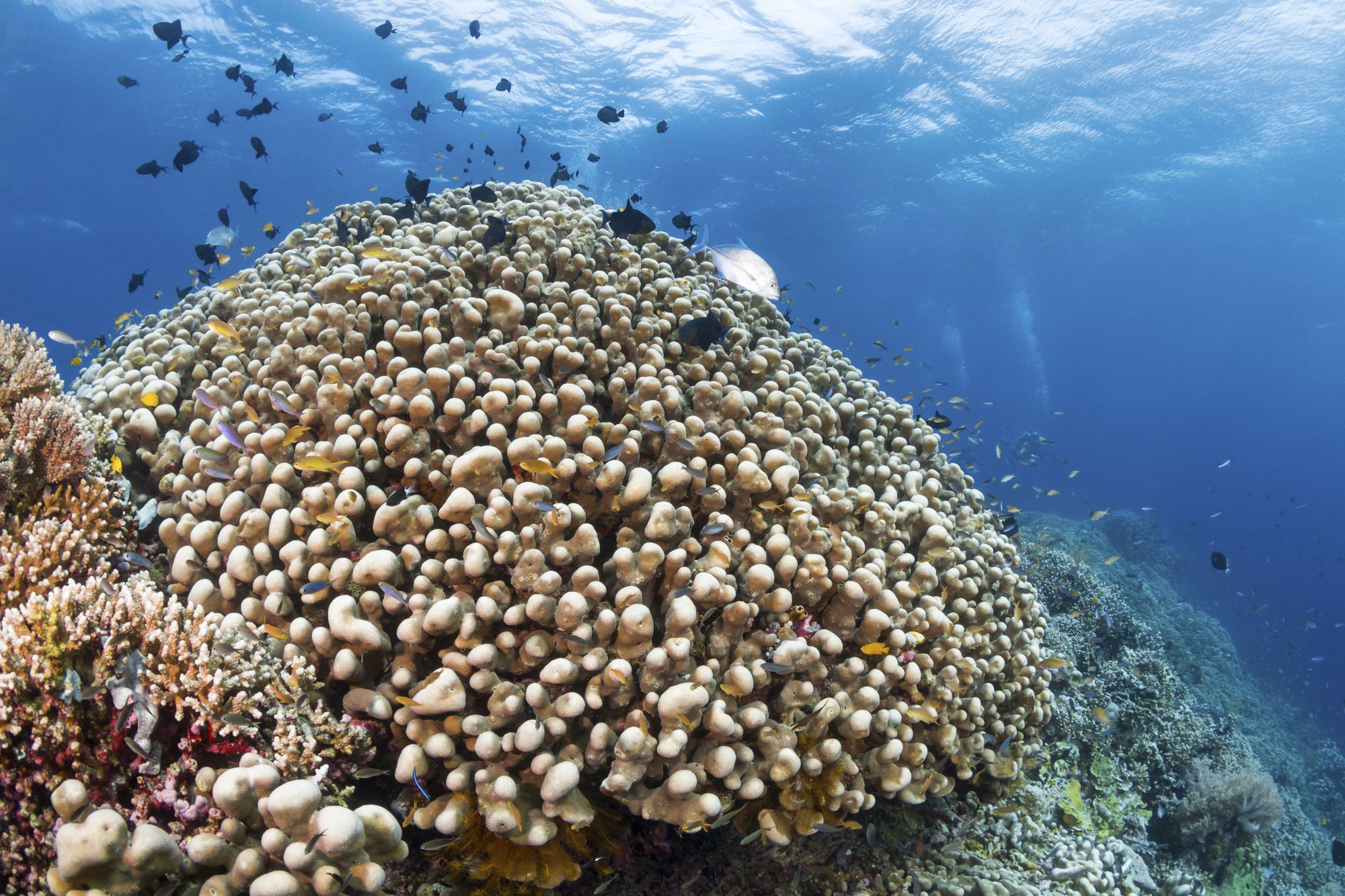
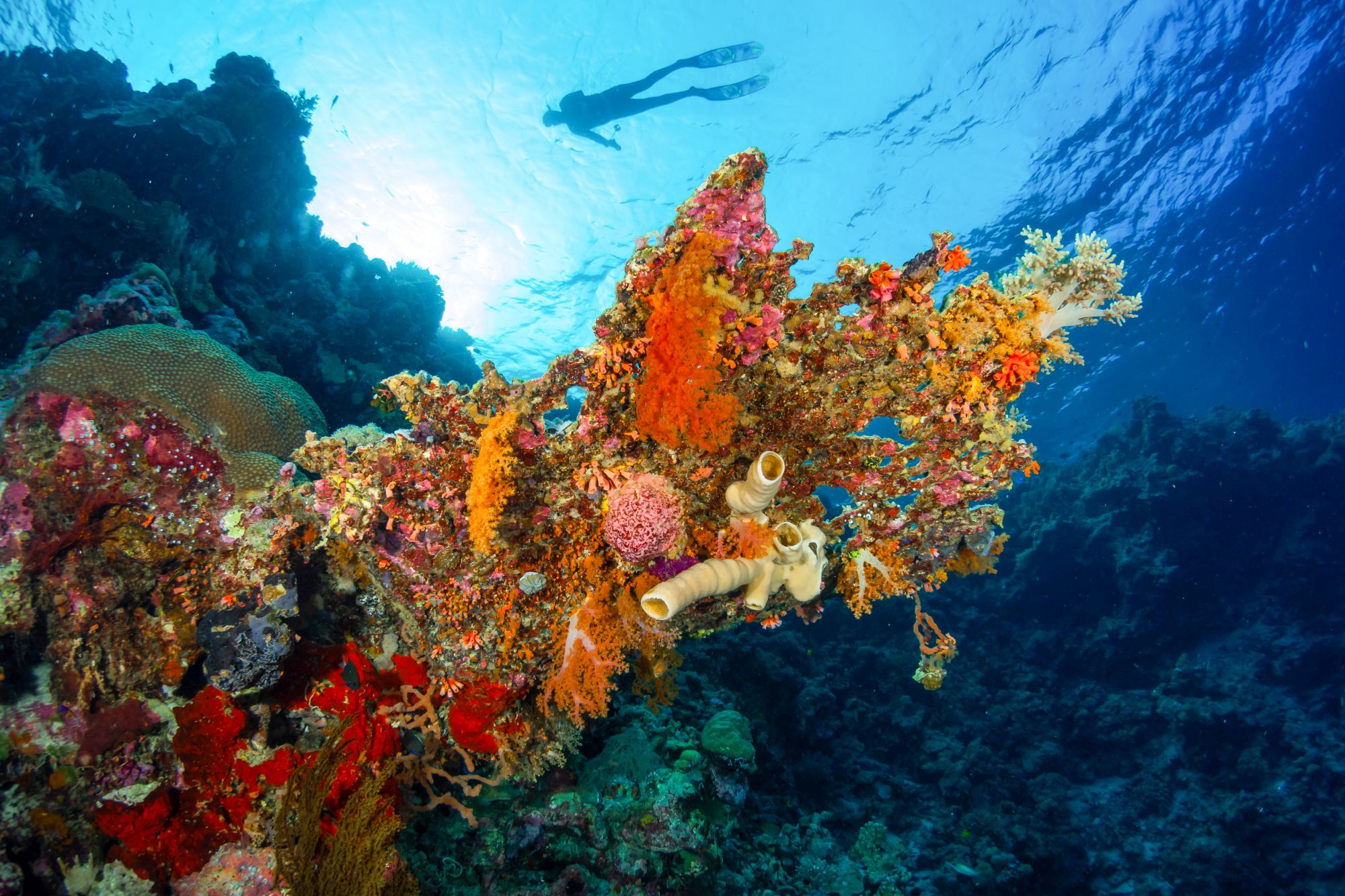
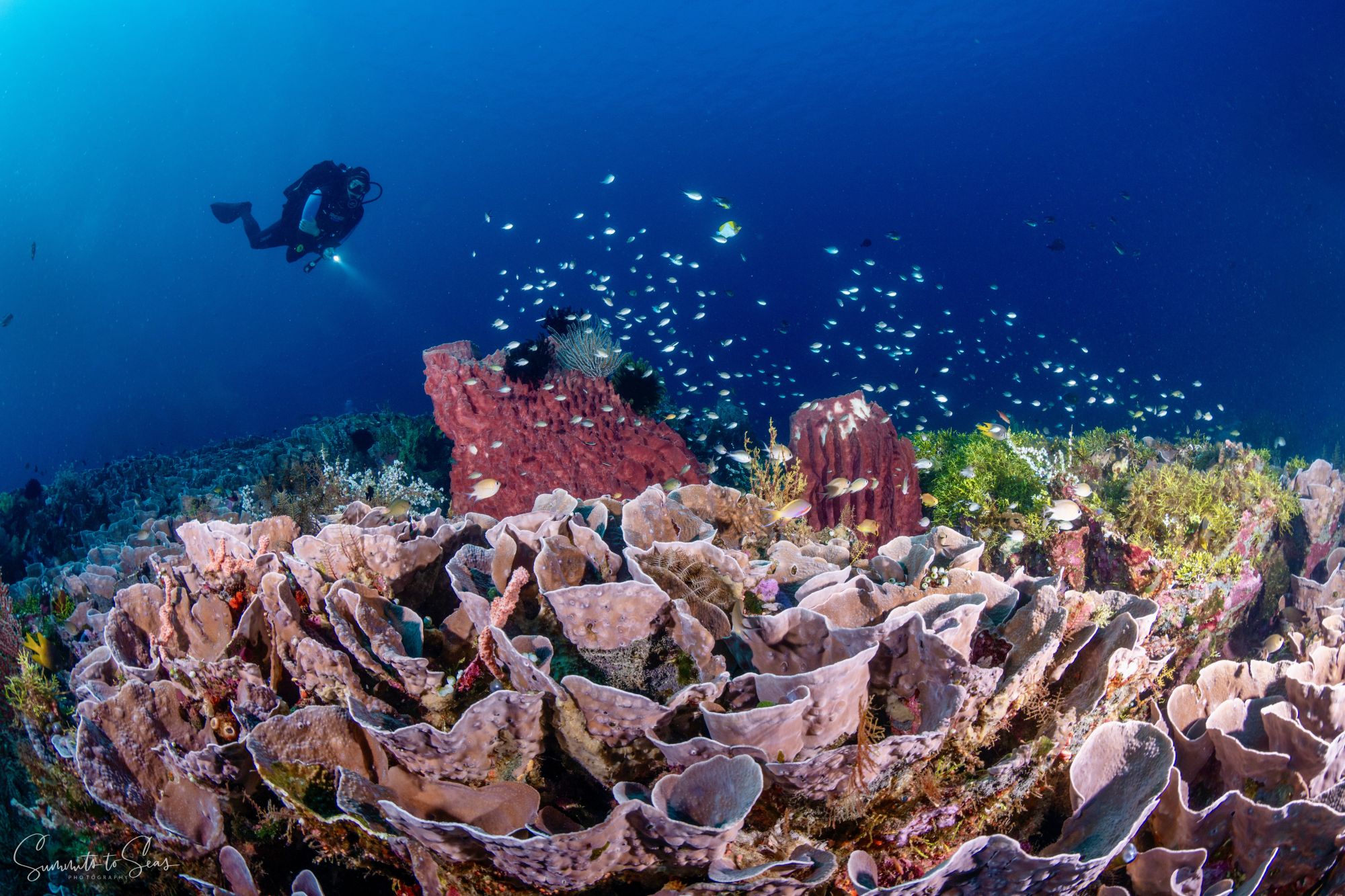
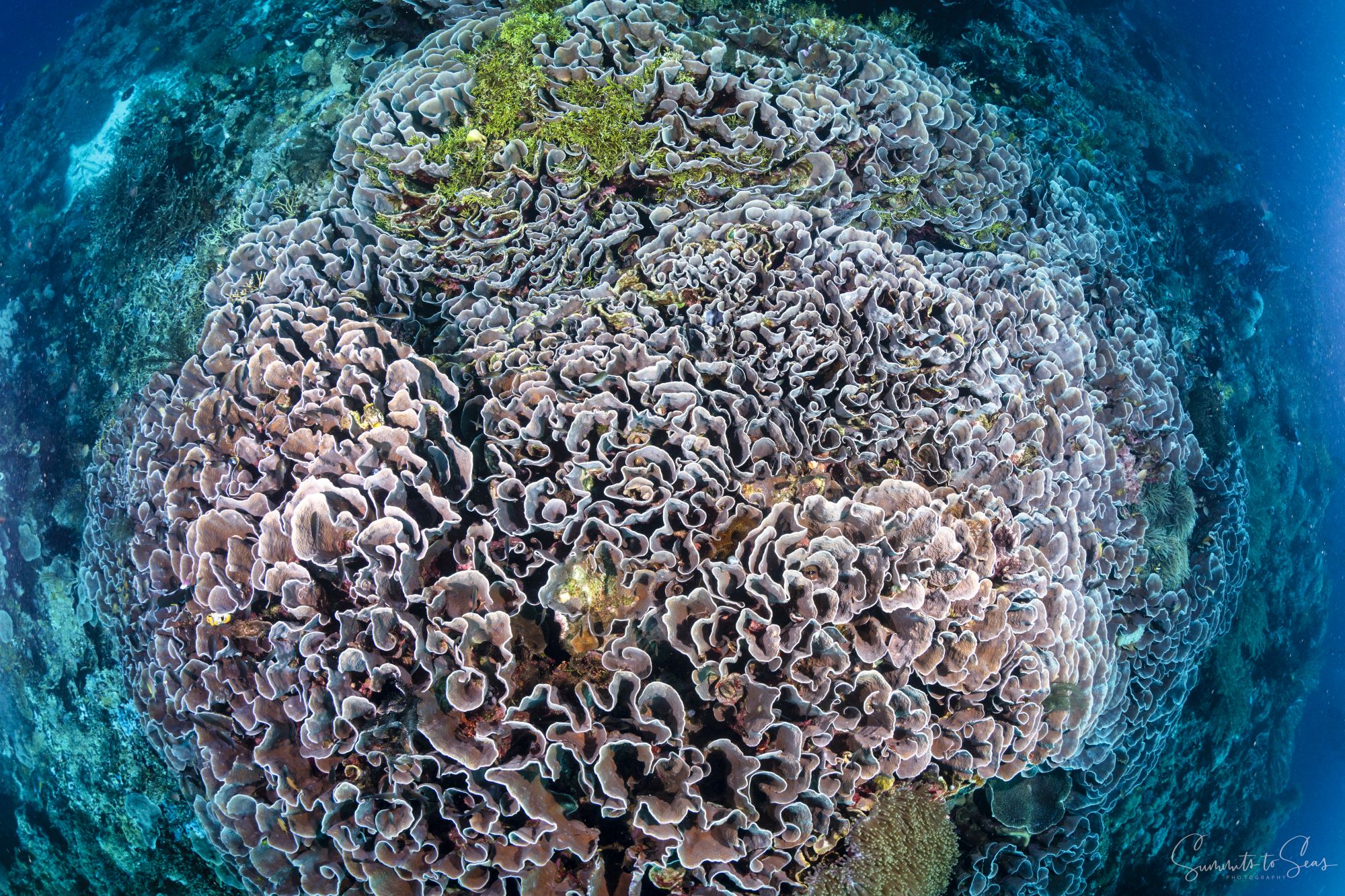
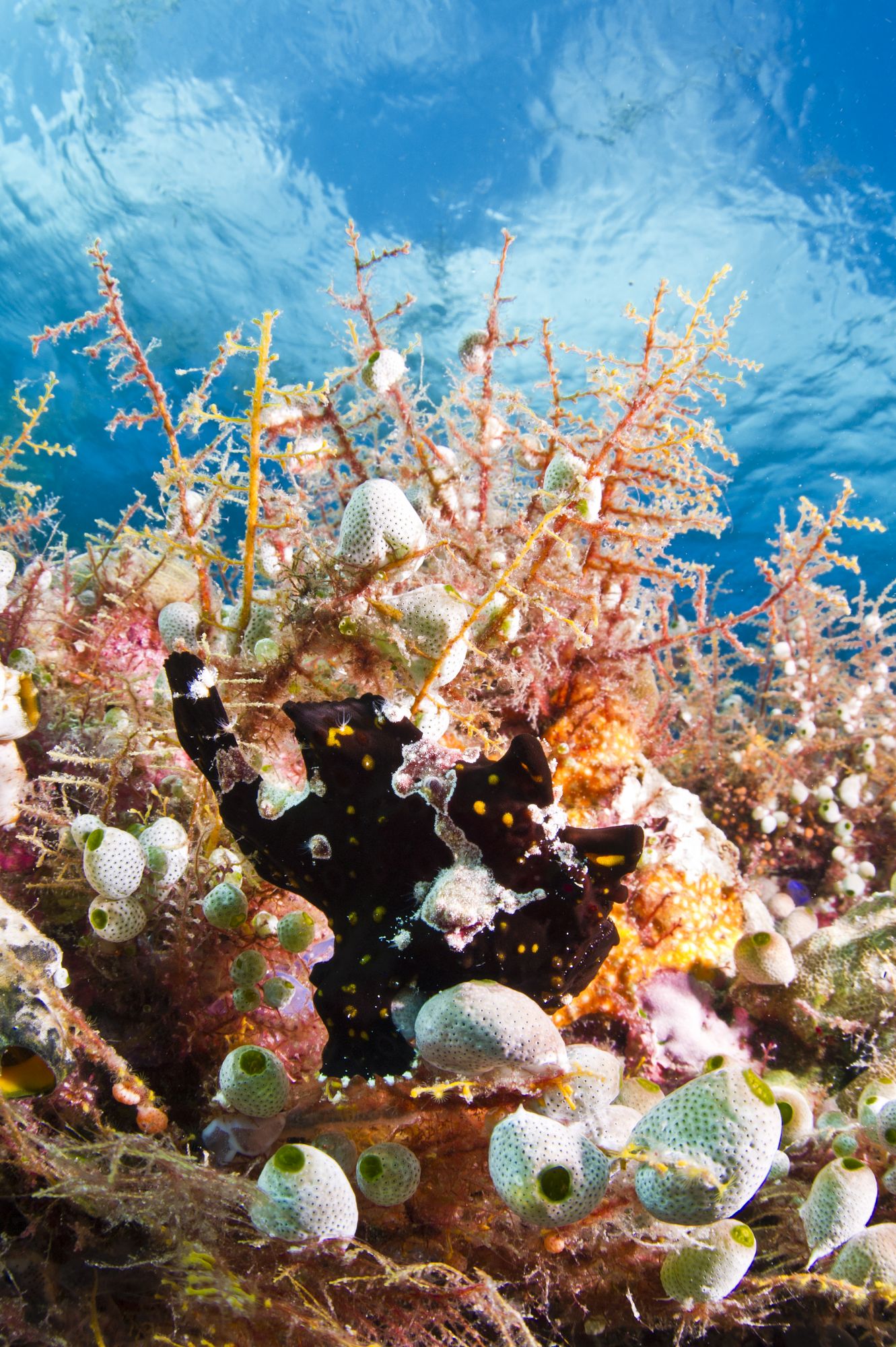
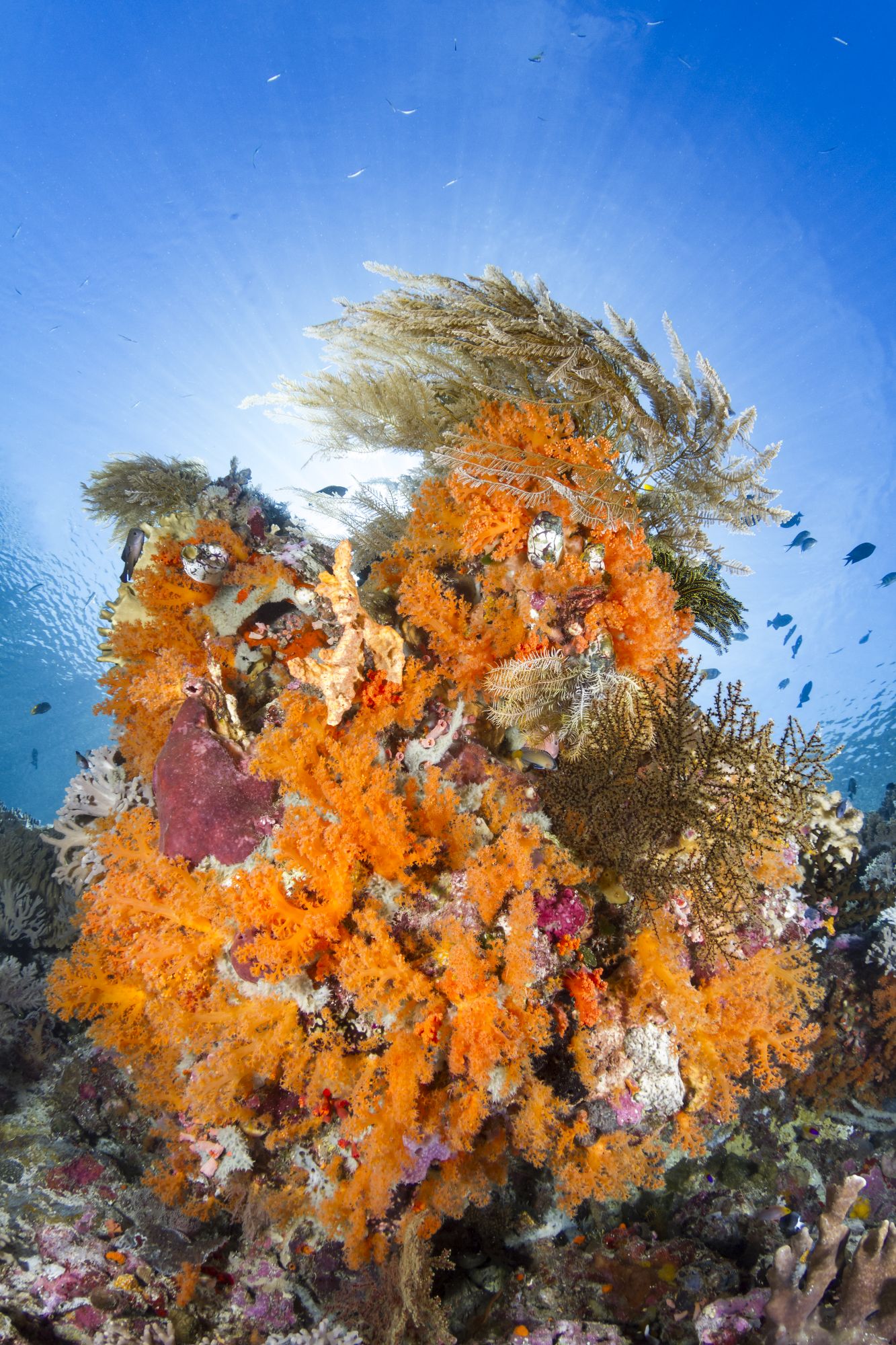
get in touch
Interested in associating with scalable, verified outcomes for marine biodiveristy?
